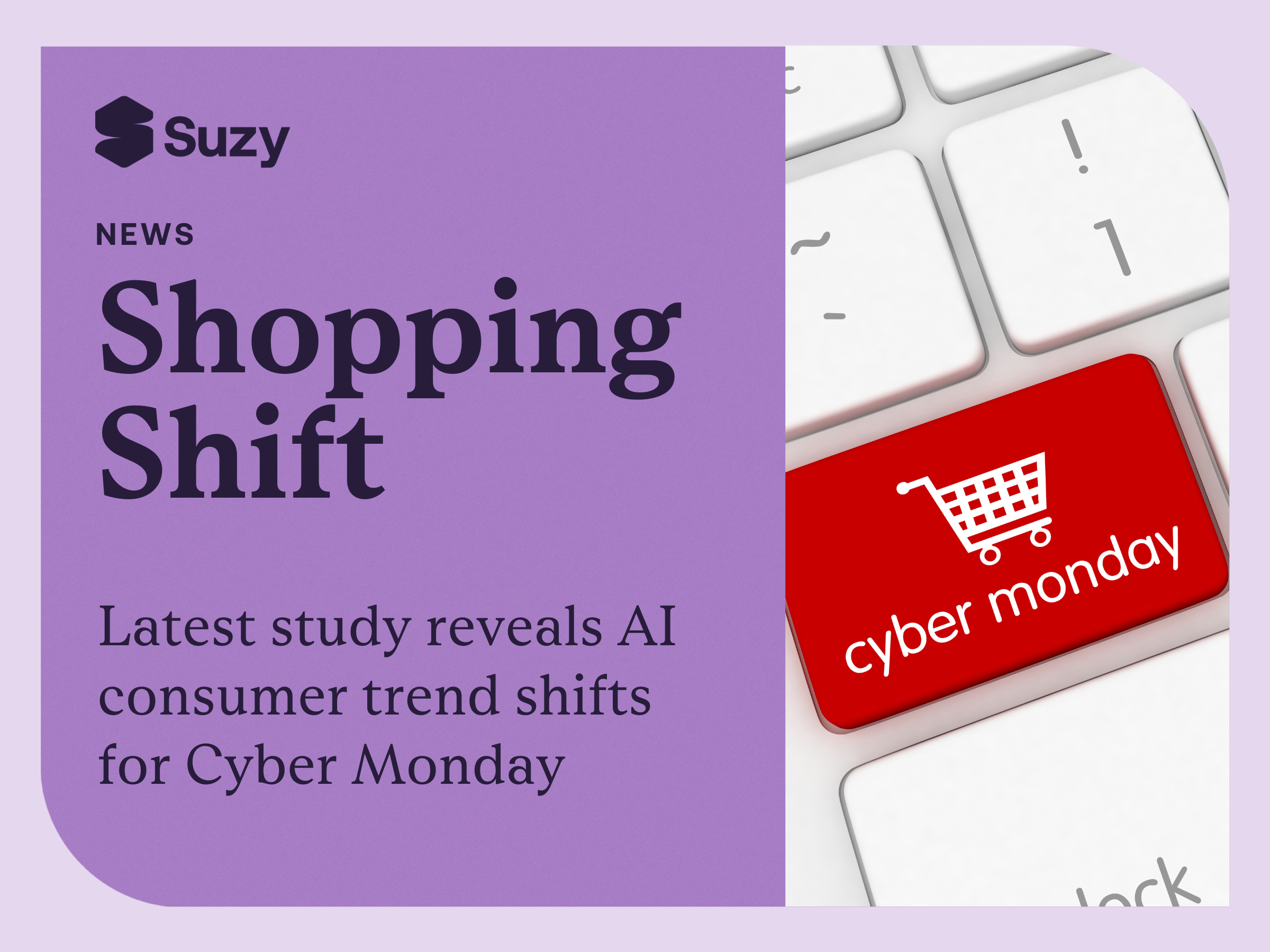Learn how to enhance customer satisfaction and create lasting positive experiences with consumer insights.
By: Tracie Dempsey, VP of Customer Success
I have spent the entirety of my career in customer-facing roles, and I learned the fundamentals of customer service from a young age when I worked at restaurants and hotels throughout high school and college. As a Customer Success Leader, my key focus is to advocate for our valued customers. This is probably why when I am personally in situations as a consumer of goods and services, I am hyper-aware of the level of customer service I am receiving and ensure to share my feedback when I have something of value to contribute.
I have taken two trips recently to visit family and friends in other states. As luck would have it, both of these trips ended in flight issues that delayed me getting home to my family. The first trip was due to weather conditions, with my original flight being canceled altogether and then the later flight that I was put on being delayed by two hours. I finally made it home late that evening to see my kids off to bed. To my surprise, I received an email from the airline a couple of days later with a $100 voucher for future travel for my troubles. I knew this wasn’t the airline's fault—they cannot control weather delays—so receiving this really made my day and made me reflect more positively on the experience as a whole. They definitely added some proverbial “marbles to the jar” with this move.
Conversely, the second trip experienced delays due to mechanical issues. My daughter and I sat in the airport for about 6 hours waiting for the airline to determine if the aircraft was deemed safe to fly, and then once it was, the crew had timed out. Due to connecting flight times, we ended up having to push our departure to the next morning, causing me to have to miss another day of work and to not see the rest of my family for another day. To compensate for my troubles, this airline offered me a $12 food voucher to get something to eat at the airport while we waited. This paid for exactly half of a meal in the terminal. Proverbial marbles were removed from the jar. I shared my feedback in the follow-up survey sent by the airline so it is yet to be seen if they will offer any additional retribution for my troubles.
Does this mean I will never fly the airline from the second trip again? Probably not. The truth is that I have a lot of miles on that airline and I used their credit card, so they have done a good job in creating some barriers to exit. But I have already shared my story with anyone who wants to listen and would not advocate for this airline. If all things are equal with price, travel times, etc., I will most likely choose the first airline for my next trip.
The state of customer service and customer satisfaction
I hear people say constantly - customer service isn’t what it used to be. Is this true? Is customer service really on the decline?
In fact, 74% of Americans say they've had a product or service problem in the past year, according to the 10th edition of the National Customer Rage Survey, which tracks satisfaction and incivility. The incidence of problems has more than doubled since 1976.
We can fix this! In today’s era of data-driven insights, we have vast amounts of data at our fingertips, and obtaining additional data is easier than ever. The first step is to be honest with yourself: Are your customers truly happy, or is there room for improvement?
It’s worth it to invest some time and research in thinking about this, as according to the PwC Customer Loyalty Survey from 2022, a consumer’s top reason for leaving a brand is typically related to experience – 37% say it’s because they had a bad experience with the product or service itself and that number is even higher among younger generations.
How to measure customer satisfaction
Measuring customer satisfaction is crucial for consumer brands aiming to maintain and improve their market position, innovate product offerings, and build loyalty. Here's a streamlined, five-step approach to effectively measure customer satisfaction using tools like Suzy:
1. Define Objectives and Key Metrics
Start by clearly defining the objectives of your customer satisfaction measurement. Determine what specific aspects of customer satisfaction you want to measure, such as overall satisfaction, product quality, customer service, or ease of use. Identify the key metrics that will be used to evaluate these aspects, such as Net Promoter Score (NPS), Customer Satisfaction Score (CSAT), and Customer Effort Score (CES).
Example Objective:
- Understand customer satisfaction with the new product line.
Key Metrics:
- NPS to gauge overall loyalty.
- CSAT to measure satisfaction with specific product features.
- CES to assess the effort required to use the product.
2. Segment Your Audience
- Identify Target Groups: Segment your audience based on demographics, purchase history, product usage, and other relevant criteria. This segmentation allows for more precise targeting and enables the analysis of satisfaction across different customer groups.
- Tailored Questions: Develop survey questions that resonate with each segment, addressing specific experiences or touchpoints relevant to them.
3. Design and Launch a Comprehensive SurveyUtilize Suzy's platform to design a comprehensive survey that includes a mix of question types to capture detailed feedback. Ensure the survey covers all key areas of interest and is structured logically, starting with broader questions and narrowing down to specifics.
- Incentives: To incentivize customers to take surveys, offer appealing rewards such as gift cards, discounts, or free products, and consider entering participants into a prize draw.
- Best Practices: Ensure the survey experience is enjoyable by keeping it short and interactive, and emphasize the value of their feedback by explaining how it will be used to improve services. Create urgency with limited-time offers and clear deadlines, and reassure customers about the privacy and confidentiality of their responses.
4. Analyze Data and Identify Trends
- Data Exploration: Use Suzy's Data Explorer to dive into the survey results, looking for patterns, significant differences between segments, and areas with lower satisfaction scores.
- Actionable Insights: Focus on translating the data into actionable insights. Identify the key drivers of satisfaction and dissatisfaction, considering both overall trends and segment-specific feedback.
5. Implement Improvements and Reassess
- Strategic Action: Based on the insights gathered, develop and implement strategies aimed at enhancing customer satisfaction. This might involve product adjustments, service enhancements, or communication improvements.
- Continuous Feedback Loop: Re-measure satisfaction periodically using Suzy to track the impact of your interventions. This ongoing process allows you to adapt to changing customer needs and continuously optimize the customer experience.
By following these steps, consumer brands can systematically measure and improve customer satisfaction. Leveraging a platform like Suzy streamlines this process, offering direct access to consumer insights that inform strategic decisions and foster a customer-centric approach to business growth.See how our consumer research platform works and book a demo with our team today!
.webp)







